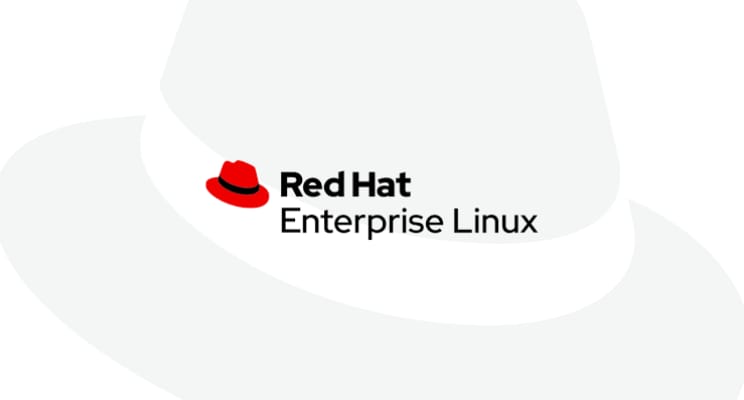Red Hat Enterprise Linux 8.3, the newest edition of the Linux platform and available in the coming weeks, incorporates the reliability required for cloud-based IT operations teams to offer a more reliable platform for next-generation business apps. The newest updates to the architecture bring new performance profiles and automation, improved security capabilities and upgraded container tools to the core of mission-critical computing.
As per Red Hat ‘s corporate Open Source Study, 63% of the companies surveyed currently have a hybrid cloud infrastructure, while more than half of those surveyed do not plan to adopt one in the next two years. Linux is also a linchpin of hybrid cloud implementations, offering a common operating system that ranges from bare-metal servers to public cloud implementations. As the world’s leading enterprise Linux platform, Red Hat Enterprise Linux 8.3 is built to provide an enterprise-ready, streamlined platform for this next wave of computing, helping companies evolve digitally while maintaining current data center investments.
Optimized creativity, making it more manageable
When hybrid cloud computing expands, the capacity to control and optimise the underlying Linux systems on a scale becomes crucial. In addition, IT companies need to be able to lower the Linux entry threshold, allowing system administrators or IT managers who may be inexperienced with the operating system to continue to effectively oversee deployments.
To support these needs, Red Hat Enterprise Linux 8.3 further extends Red Hat System Functions, which provide prescriptive and automated configuration solutions for particular operating system configurations. Recently supported functions currently include kernel settings, log settings, SAP HANA, SAP NetWeaver, and management. System Functions help to make common and complex Red Hat Enterprise Linux configurations more consistent, repeatable and open to a wider range of ability sets, including across very broad IT holdings.
Red Hat Enterprise Linux 8.3 refines the performance of the platform with upgrades to Tuned, a collection of pre-configured, architecture-conscious performance profiles. Tune enables IT teams to build on Red Hat ‘s vast multi-architecture experience in optimising performance across hardware architectures. In addition, Red Hat Insights is still available for Red Hat Enterprise Linux supported systems by default. Red Hat Insights is built to offer Red Hat’s decades of Linux experience as a proactive tracking and remediation service, and also provides Administrator Views specifically for SAP HANA deployments.
Extending the safe footprint of Linux
Delivering a more secure platform remains the front and core of Red Hat Enterprise Linux 8.3, which brings new Safe Content Automation Protocol (SCAP) profiles to the Benchmark Center for Internet Security (CIS) and the Health Care Portability and Transparency Act ( HIPAA). This allows IT companies to configure systems more effectively and compliantly in order to meet a wider variety of quality standards in security and industry / government standards.
System Functions for security-centric activities have since been extended to include identity management setup, certificate management and network-bound disc encryption (NBDE). This system functions provide a means for administrators to improve the protection of their systems more quickly and efficiently while mitigating the risk of human error when implementing this configurations.
The Foundation for Native-Cloud Innovation
Red Hat Enterprise Linux 8.3 develops on the initial developments of Red Hat Enterprise Linux 8 with improvements to Application Streams, where developer interfaces, databases, container tools and other utilities are segregated from the main core components of the operating system. Newly supported developer tools include Node.js 14, Ruby 2.7 and several more, with older versions also available to maintain development consistency.
To create cloud-based applications, the platform adds up-to – date container images for Buildah and Skopeo, designed to help minimise friction between developer and operating teams in container implementations by making it easy to build and consume containerized applications wherever desired. Podman 2.0 is now included, adding a new REST API that allows users to maintain container code and resources that previously relied on the Docker Container Engine with better programmatic control.
Availability
Red Hat Enterprise Linux 8.3 will be available in the coming weeks and open to all participating Red Hat Enterprise Linux subscriptions via the Red Hat client portal.
Stefanie Chiras, Senior Vice President and general manager of Red Hat Enterprise Linux, Red Hat, said, “Innovation and enterprise-grade reliability are not mutually exclusive; Red Hat Enterprise Linux has shown this to be the case for decades and is maintaining this trend with Red Hat Enterprise Linux 8.3. From providing current supported developer tools through App Streams to making the world’s leading enterprise Linux platform even more open to system administrators, we continue to strengthen Linux as the framework for business digital transformation.






